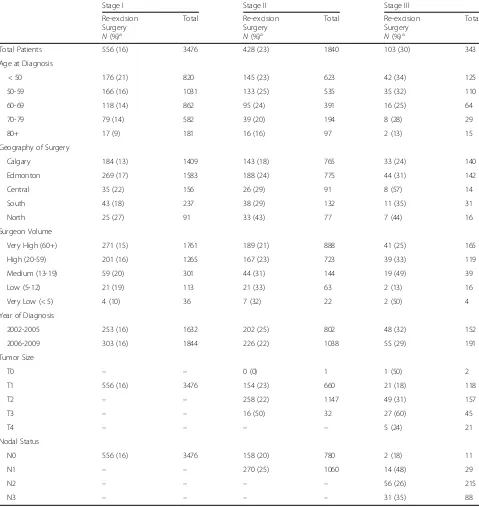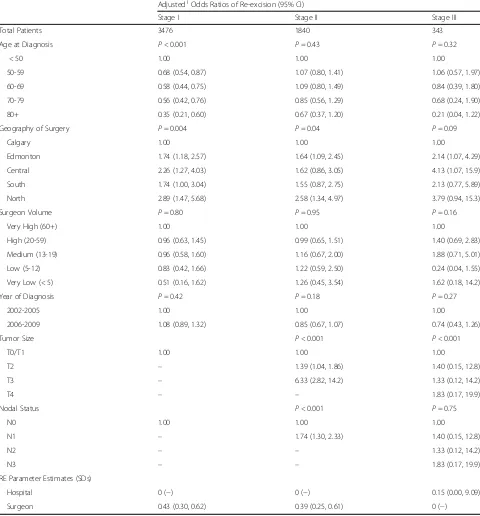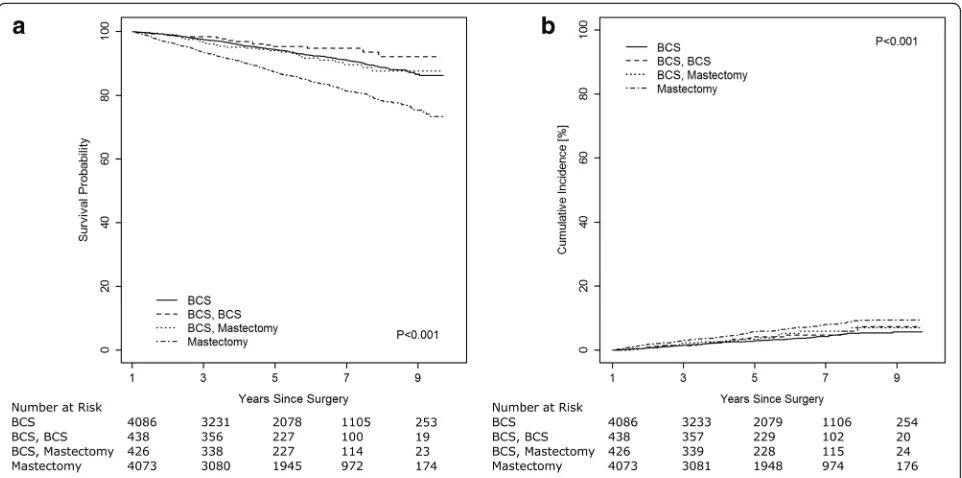Re excision and survival following breast conserving surgery in early stage breast cancer patients: a population based study
Full text
Figure




Related documents
Indeed, even the hardness of edge-capacitated unsplittable flow remains open.” 2 A polylogarithmic lower bound later appeared in [ 2 ] for the maximum edge-disjoint paths (MEDP)
The majority of oral sustained release systems rely on dissolution, diffusion or a combination of both mechanisms, to generate slow release of drug to the
Cities and Townships also issue Revenue bonds, but these were also excluded, as this type of bond generally has a higher credit rating than GO bonds issued by the same
The general practitioners follow up hypertension treatment on a regular basis (e.g. medication prescription) and the convention centres follow up the general treatment
This trust has a current yield of 3.47 per cent, but it is the total return performance over the past year that has marked it out as the winner of the Best Investment Trust
For instance, a technology shock determines a negative correlation on the stock-bond market; a financial expectation shock a positive one and a sovereign risk shock an
Given the relationship between cova- riance and ordinary least squares (OLS) regression, an equivalent estimate of the concentration index can be obtained from a
the wage and employment. First, a higher capital stock pushes up private demand for labour and thus exerts upward wage pressure and boosts labour supply. Alternatively, a higher


